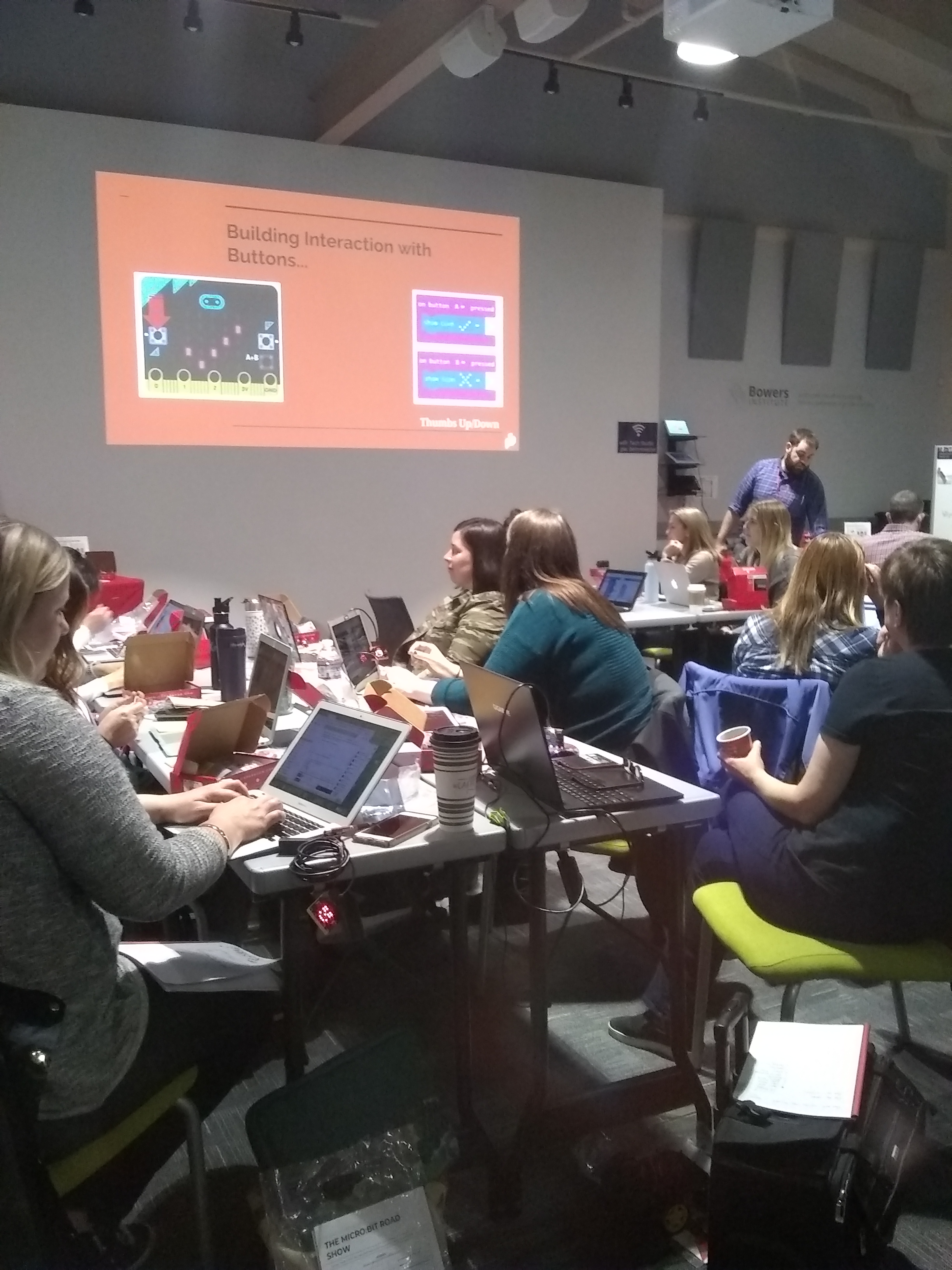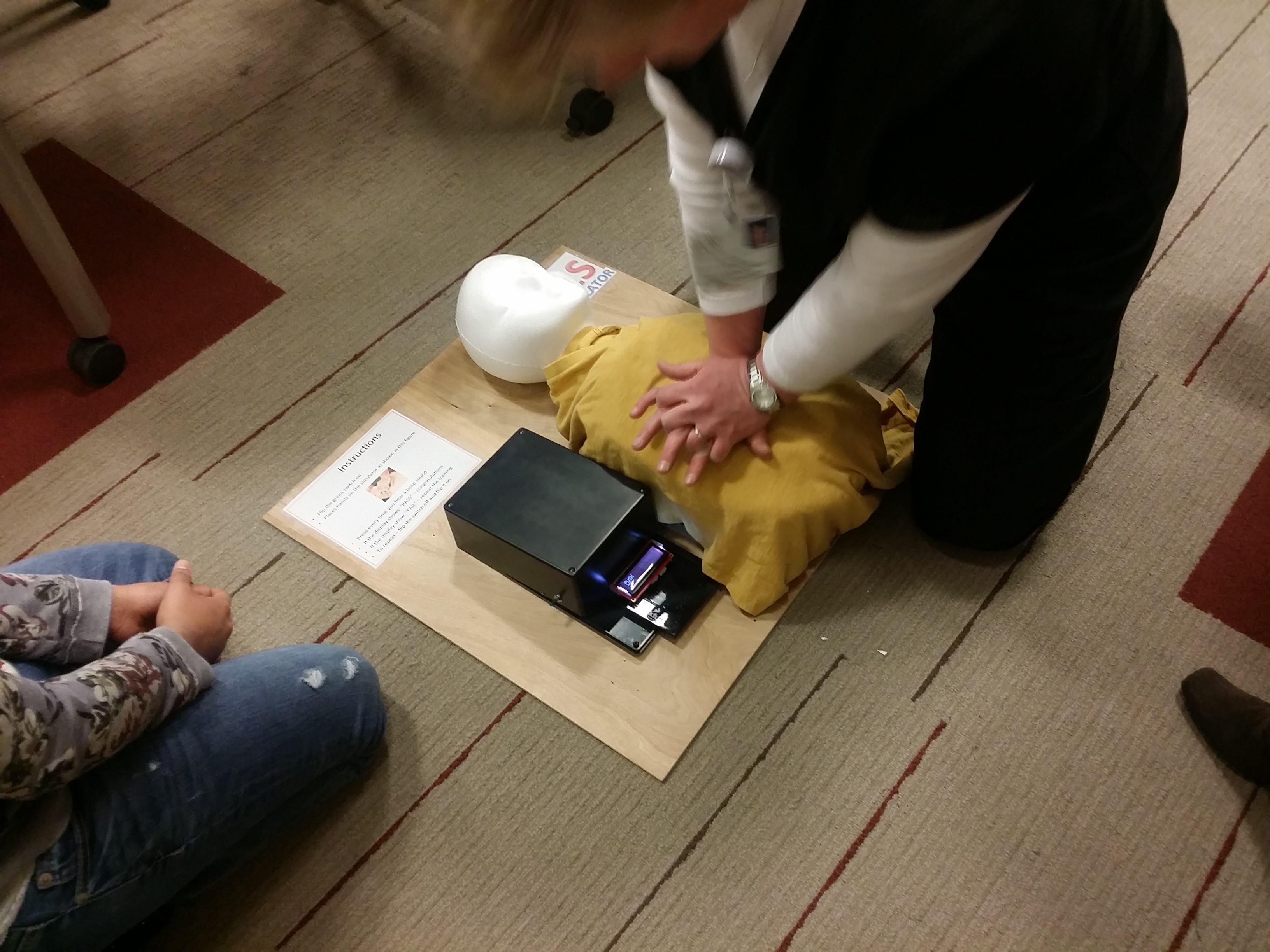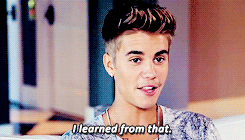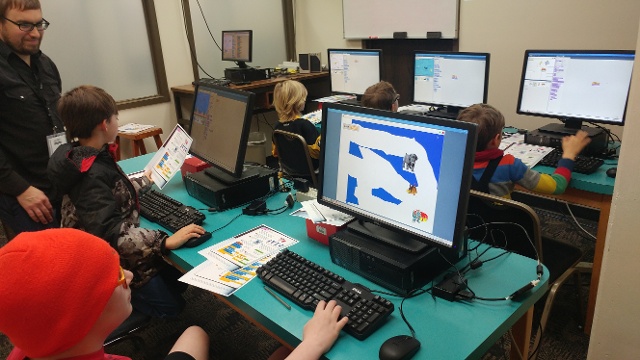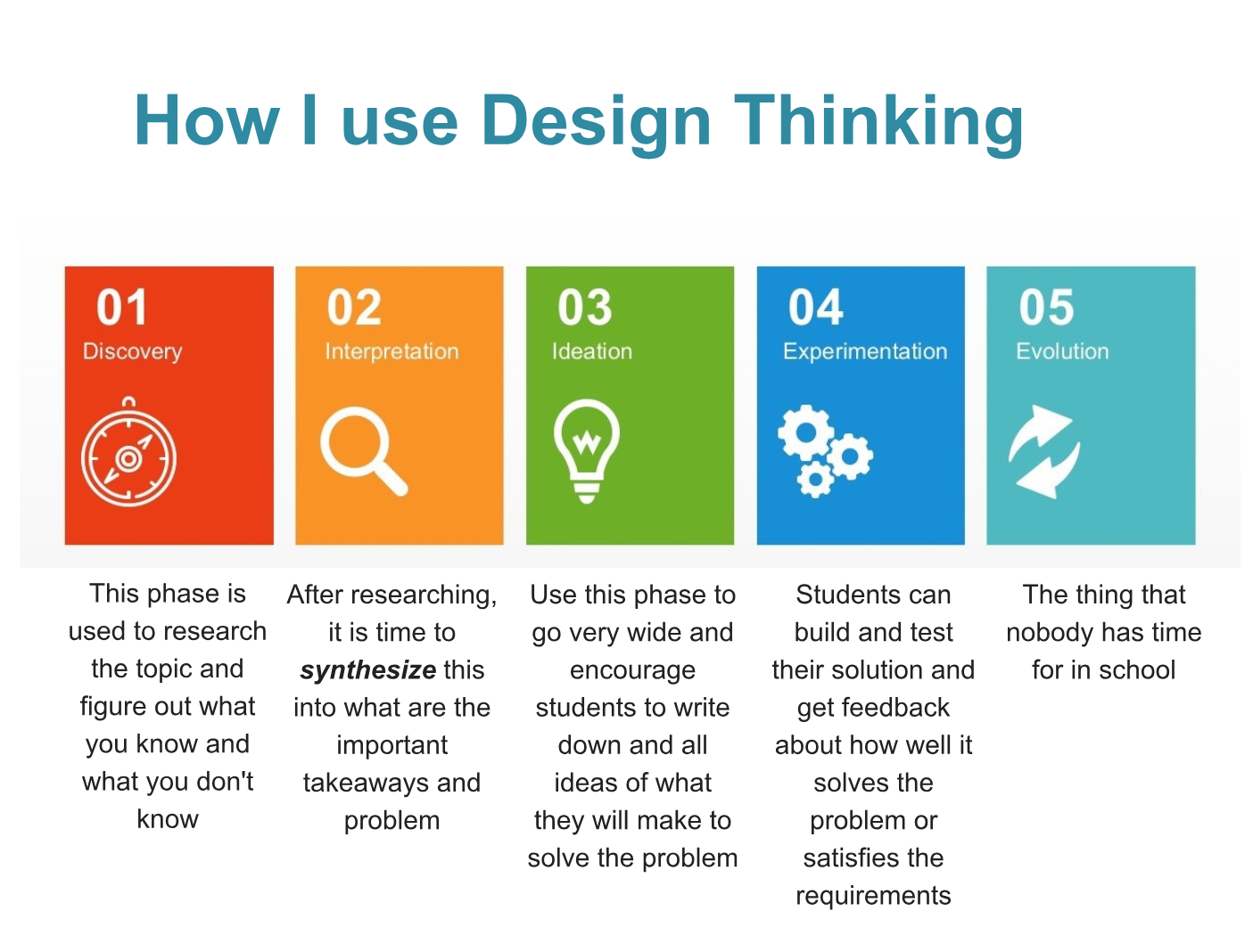Here at SparkFun Education, we are incredibly passionate about bringing physical computing to students at any age. From introducing first graders to circuits and electricity through paper circuits ...
Continue reading
If you’ve followed any of my earlier posts, you may have seen a link to a giant 100+ slide Google Slides on teaching Arduino. If you are crazy and took the time to read through all of it (first off, ...
Continue reading
Born from the minds of ingenious scientists and creative hobbyists, makerspace areas (and tools) in education have became one of the most popular (and arguably, important) ways to introduce students ...
Continue reading
My work on CPR was motivated by my personal experience. When I was eleven or twelve years old, my dad told me that he lost his father when he was around my age. This surprised me because it never ...
Continue reading
Computational Thinking is the buzzword of the moment. But what does it mean and how can you use it meaningfully with your students?...
Continue reading
Think about the last time you learned how to do something. Was your first attempt perfect? Probably not. But did you keep trying and eventually create something better than you had originally hoped ...
Continue reading
A servo, short for servomechanism or servomotor, is a simple mechanism that adds movement to any electronics project. This useful motor, originally found in remote-controlled cars and airplanes, is ...
Continue reading
Another year has flown by and we’re excited to take a look back at the blog and see what we can learn from it. Without further ado, let’s look at some of our most popular posts this year and lessons ...
Continue reading
Happy Holidays one and all! One of my most vivid memories about this time of year is the idea of warmth - sitting by a fire with a hot cup of tea while the family tells stories and enjoys each ...
Continue reading
Welcome back! Today we will be diving a little bit deeper into Design Thinking (DT) as a tool for your students and a way to pump up the creativity in your classroom. Last time, we looked at the ...
Continue reading

